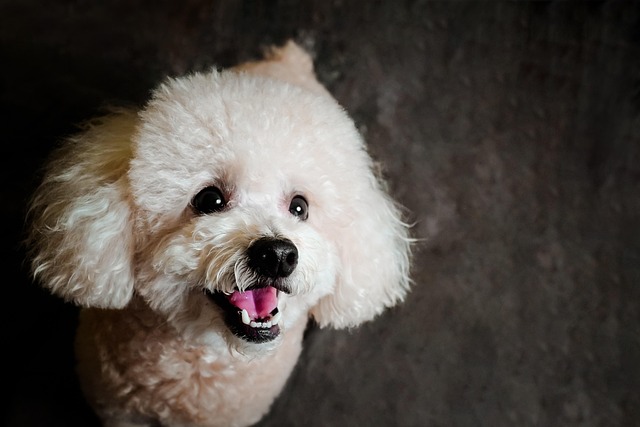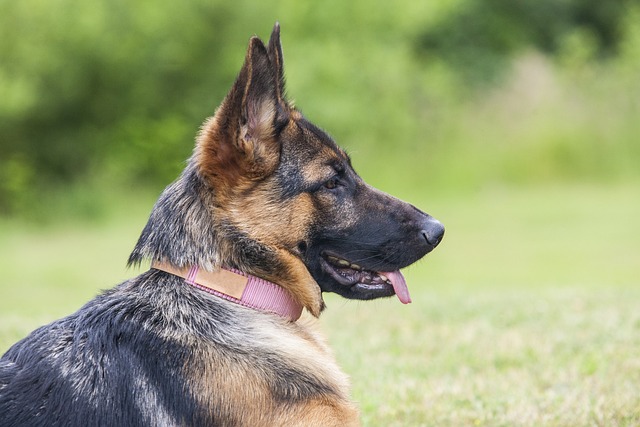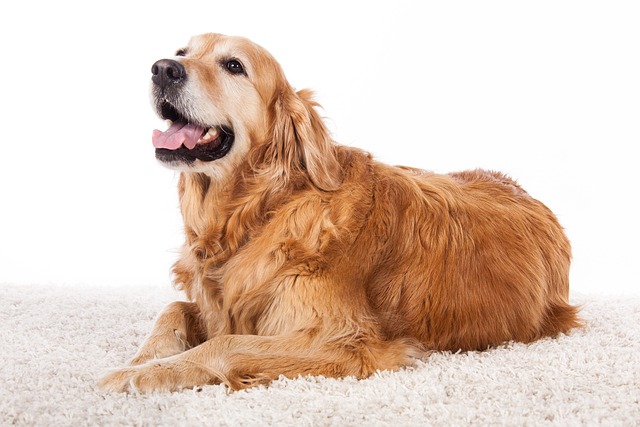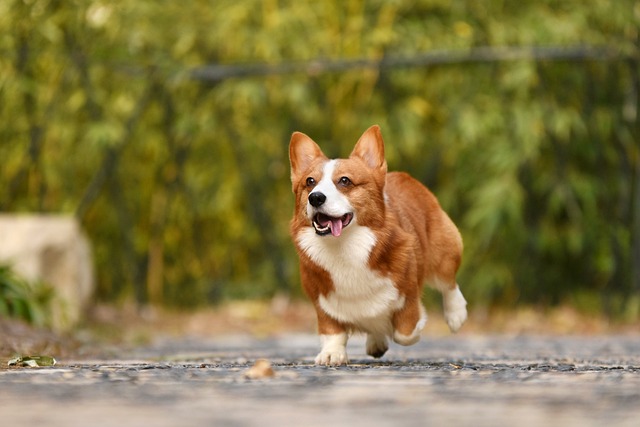
Are Poodles hard to potty train?
Many new Poodle owners worry about potty training challenges, but the breed’s high intelligence often works in their favor.
The image of your dog running freely through a field, responding instantly to your every call, is the dream for many owners. But achieving reliable off-leash behavior is one of the ultimate tests of your training, your bond, and your dog’s temperament. It’s not simply about unclipping the leash; it’s a gradual process of building an incredible amount of trust and proofing their recall against every possible distraction. Rushing this process is how dogs end up lost or in danger.
The entire foundation of off-leash training is built on a simple principle: coming to you must be the most rewarding thing your dog can imagine. This is where positive reinforcement isn’t just preferred; it’s essential. Start in a secure, low-distraction environment like your living room or a fenced backyard. Use a special, high-value treat they only get for this—think real chicken, cheese, or liverwurst. Say your cue word like “Come!” in a happy, excited voice, and when they bolt toward you, reward them lavishly. Gradually increase the distance and the distractions. Before you ever consider going off-leash in an open area, your dog must respond to you reliably in a busy, on-leash environment like your local park, even with squirrels and other dogs around. For many dogs, especially prey-driven breeds, a perfect off-leash recall may never be 100% guaranteed, and that’s okay. Their safety is the priority.
This incredible freedom comes with immense responsibility, much of which is dictated by local laws. Before you even think about an off-leash adventure, your dog’s vaccinations, including rabies, must be impeccably current. This is a non-negotiable legal requirement for their safety and public health. Furthermore, you must be hyper-aware of local leash laws. Most public spaces in the U.S., including city parks and trails, legally require your dog to be on a leash. The appropriate places for off-leash exercise are designated dog parks or private, securely fenced properties. Even in these areas, your duty isn’t over. You must still immediately clean up after your dog. Carrying waste bags is a fundamental part of responsible ownership, and failing to do so can result in significant fines. It’s also a critical part of community respect; no one wants to stumble upon a surprise in a public space.

Your training methods matter immensely. If your dog fails to recall, never respond with anger or punishment when they finally return. This only teaches them that coming back to you ends badly, making them less likely to do it next time. Always be the party they’re running toward. This positive, trust-based approach is the culturally endorsed standard. Using force or fear to achieve compliance is not only outdated but can create a fearful, unpredictable dog, which is a liability off-leash. By prioritizing patience, high-value rewards, and absolute consistency, you’re not just training a behavior; you’re fortifying a bond built on mutual trust and respect, ensuring your dog’s adventures are both joyful and safe.

Many new Poodle owners worry about potty training challenges, but the breed’s high intelligence often works in their favor.

Belgian Malinois are smart, energetic dogs, but their barking can sometimes become a challenge—especially when it disrupts neighbors or violates local noise rules. First, you need to figure out why they’re barking.

Anyone who’s spent time tossing a ball in the park knows some dogs go wild for fetch, while others just stare like you’re speaking a foreign language.

Toss a tennis ball across a park, and you’ll likely see a Golden Retriever bolt after it—tail wagging so hard their whole body shakes—before dropping it at your feet, waiting for another throw.

If you’re in the thick of puppyhood feeling sleep-deprived and wondering if you’ve made a terrible mistake, you’re not alone.

That magical period when your puppy seems curious about everything isn’t just a cute phase—it’s a critical developmental window that will shape their personality forever.